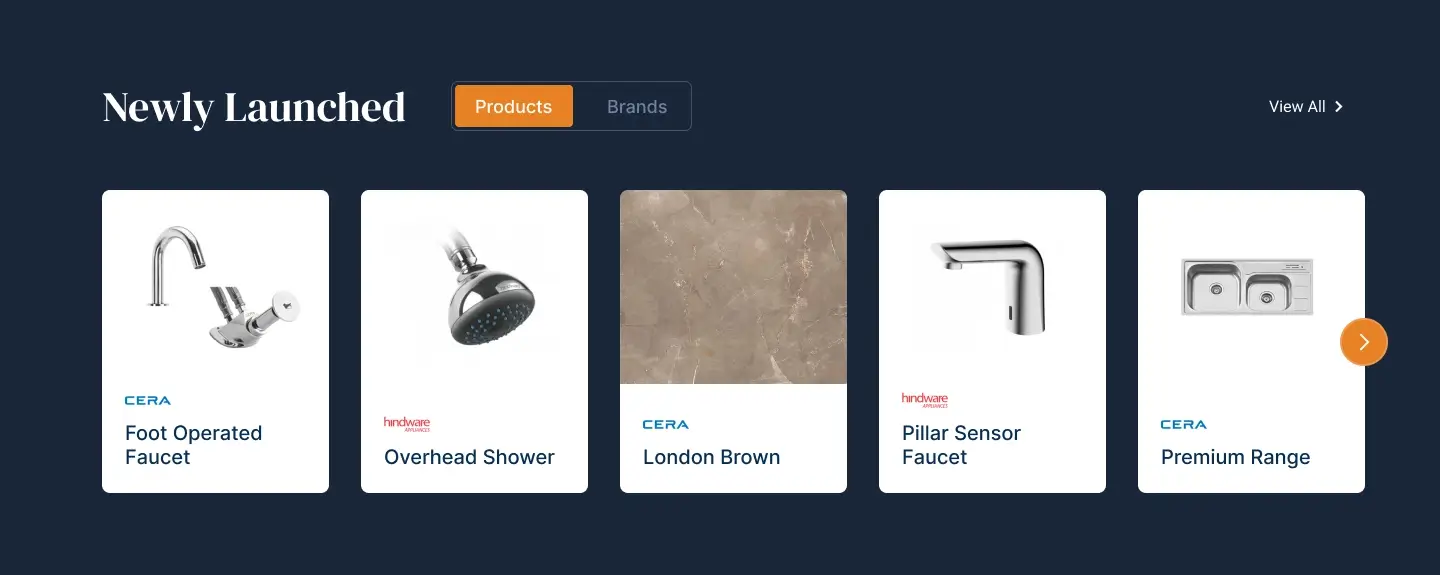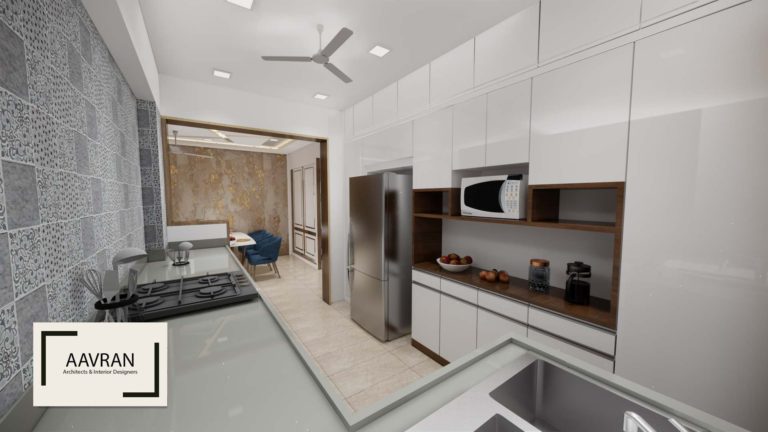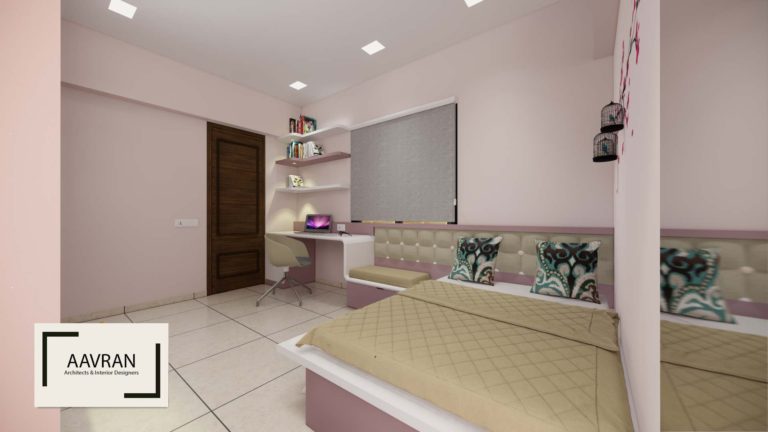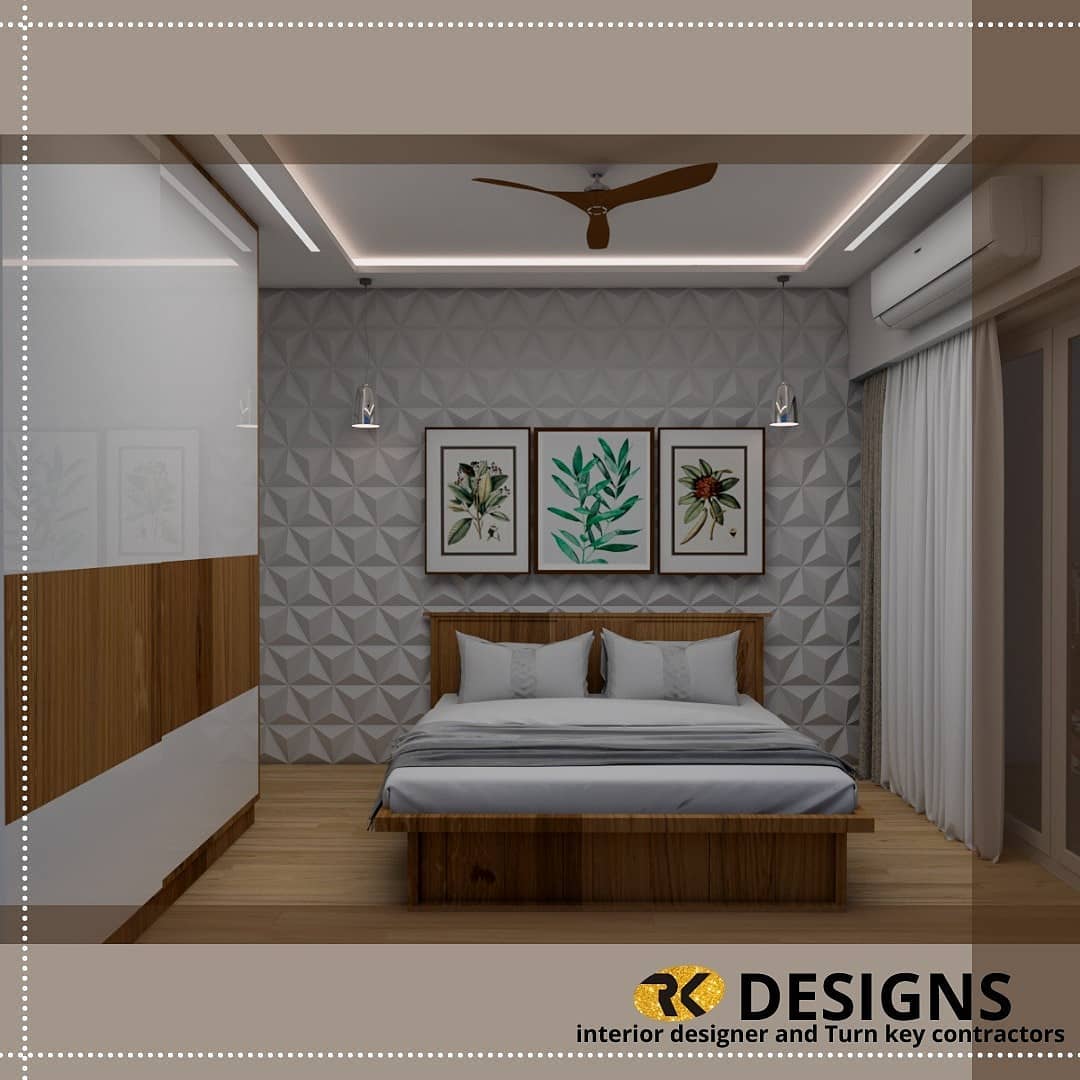
Table of Contents
The world of architecture is undergoing a profound transformation, driven by the convergence of design and data. No longer confined to static blueprints and physical models, architects now have access to a wealth of information that can inform and optimize their designs in unprecedented ways. This data-driven building design approach, fueled by advancements in information management and building information modeling (BIM), is revolutionizing how we design, construct, and operate buildings, leading to better performance, increased efficiency, and enhanced sustainability.
The Rise of Data in Architectural Design

The rise of data in architectural design is undeniable. Traditionally, the field relied heavily on intuition, experience, and static representations of buildings, like hand-drawn blueprints and physical models. However, the advent of sophisticated software, including advanced architectural CAD and BIM services, coupled with data collection technologies, has unlocked a new era of informed decision-making. From environmental analysis and energy modeling to occupant behavior and material performance, data now plays a central role in shaping the built environment.
Information Management: The Foundation of Data-Driven Building Design

Effective information management is crucial for harnessing the power of data in architectural design. This involves not only collecting and storing vast amounts of information but also organizing, analyzing, and interpreting it in a meaningful way. By implementing robust information management systems, architects can gain valuable insights that inform design choices and optimize building performance.
Building Information Modeling (BIM)
BIM serves as a central repository for building data, encompassing everything from geometry and materials to energy consumption and occupancy patterns. This comprehensive digital representation of a building allows architects to analyze design options, simulate performance, and identify potential issues before construction begins.
Environmental Analysis
Data on climate, solar radiation, and wind patterns can be integrated into the design process to optimize building orientation, fenestration, and shading strategies. This leads to improved energy efficiency, reduced environmental impact, and enhanced occupant comfort.
Occupant Behavior Analysis
Understanding how people use and interact with buildings is essential for creating spaces that are functional, comfortable, and conducive to well-being. Data on occupancy patterns, movement flows, and environmental preferences can inform design decisions related to space planning, lighting, and ventilation.
Material Performance Data
Information on the properties and performance of building materials can guide selection and optimize construction processes. Data on durability, thermal conductivity, and embodied carbon can help architects make sustainable and informed choices.
Benefits of Data-Driven Building Design

Improved Building Performance
By leveraging data to inform design decisions, architects can optimize building performance across a range of metrics, including energy efficiency, thermal comfort, and indoor air quality.
Increased Efficiency and Productivity
Data-driven workflows can streamline the design process, reduce errors, and improve collaboration among project stakeholders. This leads to increased efficiency, reduced costs, and faster project delivery.
Enhanced Sustainability
Data analysis can help architects minimize the environmental impact of buildings by optimizing energy consumption, reducing waste, and selecting sustainable materials.
Informed Decision-Making
Access to comprehensive data empowers architects to make informed decisions throughout the design process, leading to better outcomes for clients and occupants.
Implementing Data-Driven Building Design

Transitioning to a data-driven approach requires a shift in mindset and the adoption of new tools and technologies.
Invest in Information Management Services
Implementing robust information management services is essential for collecting, storing, and analyzing building data effectively. Consider partnering with specialized information management service providers who can offer expertise in data security, cloud storage, database management, and integration with your existing design software. This ensures that your data is not only secure but also readily available to inform design decisions at every stage of the process.
Embrace BIM
BIM is a cornerstone of data-driven design, providing a platform for integrating and analyzing diverse data sources. By investing in comprehensive BIM software and providing your team with thorough training, you empower them to leverage the full potential of this powerful tool. This includes not only mastering the technical aspects of BIM software but also understanding how to effectively utilize data within the BIM environment to optimize design choices and improve building performance.
Collaborate Effectively
Data-driven design requires seamless collaboration among architects, engineers, contractors, and other stakeholders. Establish clear communication channels and data sharing protocols to ensure everyone is working from a common foundation. This may involve implementing collaborative platforms, cloud-based project management tools, and standardized data formats to facilitate efficient communication and informed decision-making throughout the design and construction process.
Utilize Data Visualization Tools
Data visualization techniques can help make complex information more accessible and understandable. By employing tools that can generate charts, graphs, diagrams, and interactive dashboards, you can effectively communicate key findings, identify trends, and facilitate more informed decision-making. Data visualization not only enhances understanding but also fosters collaboration and engagement among project stakeholders, ensuring that everyone is on the same page and working towards a common goal.
The Future of Data-Driven Building Design
As technology continues to advance, the role of data in architectural design will only grow more significant. Emerging trends such as artificial intelligence, machine learning, and generative design are poised to further revolutionize the industry, enabling architects to create buildings that are more responsive, efficient, and sustainable than ever before.
By embracing data-driven design practices, architects can unlock new levels of creativity and innovation, shaping a built environment that meets the evolving needs of society and the planet. As we move towards a future where buildings are not just static structures but dynamic, interconnected systems, the power of data will be crucial in guiding us towards a more sustainable and resilient built environment.
Conclusion
The convergence of design and data is ushering in a new era of architectural possibility. By embracing data-driven building design and harnessing the power of information management, architects are no longer just shaping buildings, but crafting intelligent, high-performing spaces that respond to the needs of occupants and the environment. Companies like Barge Design Solutions Nashville TN are at the forefront of this movement, providing innovative tools and services that empower architects to leverage data for better building performance.
This shift towards data-driven decision making requires a commitment to embracing new technologies, fostering collaboration, and cultivating a mindset of continuous learning. By investing in robust information management systems and leveraging the full potential of BIM, architects can unlock a wealth of insights that inform design choices, optimize building performance, and enhance sustainability.
Ultimately, data-driven design empowers us to create a built environment that is not only aesthetically pleasing but also functional, efficient, and resilient. As we navigate the complexities of a rapidly changing world, the power of data will be instrumental in guiding us towards a future where buildings are more than just structures – they are dynamic ecosystems that contribute to a healthier, more sustainable planet.
Also Read: Designing For Space Efficiency: Strategies for Smaller Lots






























